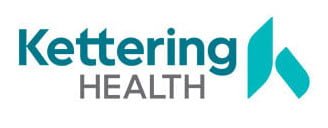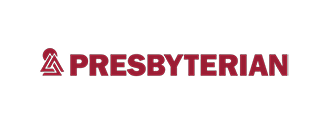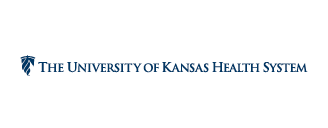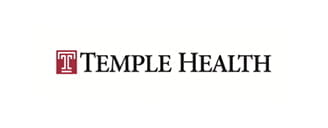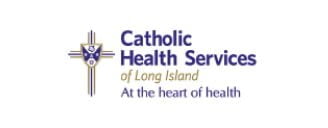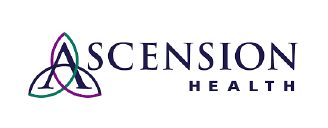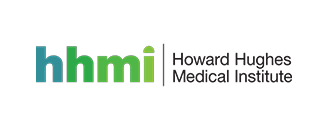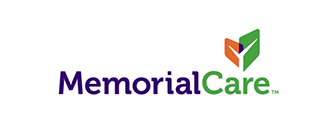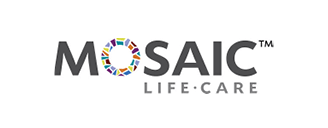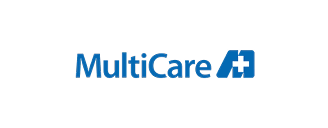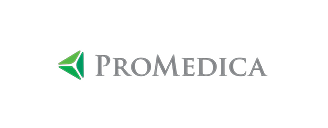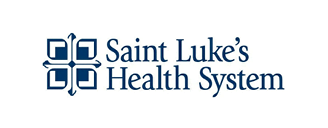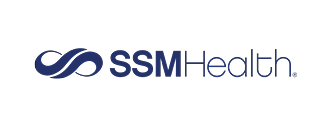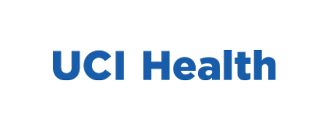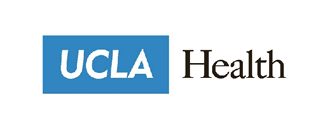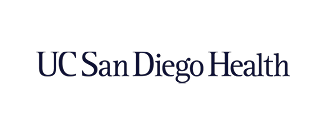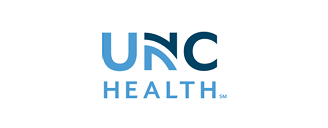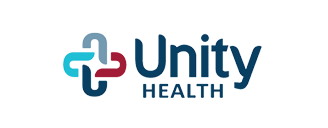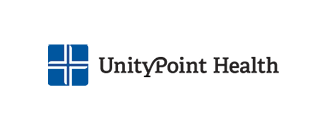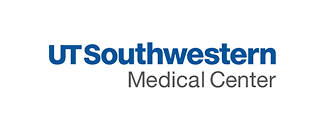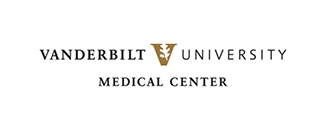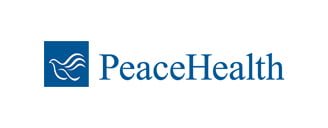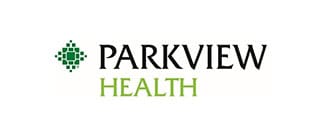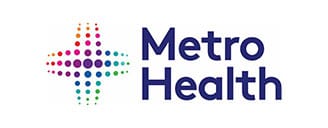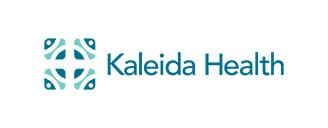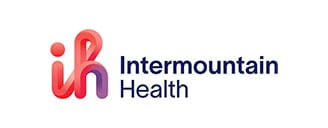Meet the panelists

Regina Schomberg, PharmD, BCPS
Atrium Health Wake Forest Baptist
Regina is the AVP of Retail and Specialty Pharmacy Services at Atrium Health Wake Forest Baptist. She brings over 30 years of experience in pharmacy practice, including acute care, retail, and specialty services.

Daniel Madrid, PharmD, MBA
Intermountain Health
Daniel is the Community Pharmacy Director at Intermountain Health, a VPL customer. Daniel has 11 years of pharmacist experience, including retail, health system outpatient, and specialty pharmacy.

Jonathan Ogurchak, PharmD, CSP
Zeal Specialty Pharmacy
Jonathan is the CEO and Co-Founder of Zeal Specialty Pharmacy, an independent pharmacy in Pittsburgh, Pennsylvania. Part pharmacist and part techie, Jonathan has continuously pushed the industry’s status quo over the last 15 years.
Introduction
In the second part of our three-part series on strategic planning in specialty pharmacy, our panelists offer their perspectives on efficiency, growth, and building partnerships.
Once your specialty pharmacy has a physical location and employees, and you’re on the path toward accreditation, you may begin to shift focus toward building operational efficiencies that will help you scale your business.
For Regina, it’s a no-brainer to partner with vendors who can leverage their expertise to handle certain tasks within the specialty pharmacy. Below, she offers her own experience working with a partner to improve efficiency.
Engaging partners to boost efficiency
Regina
It’s advantageous to offload responsibilities at some point in your journey. You may not need to engage partners initially, but keep an inventory of tasks that might be better served later on by a partner with expertise in that area.
When it comes to engaging partners, the initial costs might feel prohibitive, but look a little bit deeper. How much FTE compensation are you paying to do some activities that could easily be handled by a partner?
At Atrium Health Wake Forest Baptist, we managed our own patient/provider satisfaction survey for years because we thought the alternative would be too cost-prohibitive. But really, if you dig into those numbers–and the skill sets of those outside partners–it makes wonderful financial sense. Utilize your team for direct patient interaction and then allow your partners to do what they do best.
Daniel thinks about efficiency in terms of saving time and money, but most importantly, without compromising patient safety. Considerations include using software solutions to reduce workloads and documentation redundancies.
Daniel
In the beginning, your team may have the time to verify every step of the dispensing and shipping process like mine did. But as you grow, you’ll need to focus on efficiency to prevent overstaffing your program.
Consider what kind of programs can be utilized to reduce the workload on your existing staff. At our health system specialty pharmacy in Denver, we use VPL as our shipping solution and Asembia-1 as our clinical patient management system.
Those vendors together create an integration that sends the patient’s address directly from Asembia-1 to VPL’s shipping queue. This helps us be faster while also preventing errors.
As we all know, errors can cost a lot of time and a lot of money. VPL houses our proof of delivery for all of our carriers in one place and for much longer than the carriers are willing to have that information. This not only saves the pharmacy team time, but also the risk from payor audits.
You should also consider programs that can be standardized or programs designed to work seamlessly together. For example, our dispensing software is Epic’s Willow Ambulatory module. This saves our team a significant amount of time when updating medication records, redirecting prescriptions, and researching insurance benefits.
Double documentation is another inefficiency that plagues organizations using clinical software that’s different than their EHR. Our specialty pharmacy in Salt Lake City has successfully utilized text and email refill assessments using Microsoft Forms. But then they need to import that information into the clinical management software.
Within the next year, our pharmacy will begin using Epic. We’re eager to discover how we can utilize Epic features like MyChart to send refill assessments. Potentially down the line, we can autofill those assessments as well.
From Jonathan’s perspective starting an independent specialty pharmacy, creating efficiencies may look like a combination of existing products, in-house software solutions, and good old-fashioned barcode scanning.
Jonathan
We’re looking at how we can use software to make ourselves more efficient in the independent realm. This includes partnerships as well as tools that we’ve built ourselves.
As an independent organization, we’re not an Epic user yet. We’d love to have that budget someday, but we’re not quite there.
From a growth strategy perspective, if we can find ways to leverage technologies to make ourselves more efficient, we don’t necessarily have to add the headcount that you may otherwise need to keep growing.
We can also potentially build some capabilities for current initiatives that we can then upsell in another opportunity in the future. For example, at the outset, we wanted to focus on building bidirectional messaging, similar to Daniel’s Microsoft Forms model.
We built ours right into our OnQ software so that we can have bidirectional text messaging between our patients and clinicians. Whether it’s for something transactional like shipping status or healthcare-related like deploying clinical questionnaires, we can now do those things remotely via text and email.
Then, we can pull that information right back into the patient’s chart. We can standardize that data and measure the impact of our work as a pharmacy. Those things really do help improve and optimize our operations across the board.
To name another example at our pharmacy, we have a separate dispensing system from our patient management system. So, we needed to find ways to tie the two together to improve efficiency. To do this, we leveraged things like barcode scanning to minimize duplicative data entry.
This frees up a lot of extra time. Instead of using additional personnel resources, you can find ways to optimize different areas of your business. I would much rather invest in system improvements before looking to hire more people to save on costs and added risk.
Demonstrating growth and value
Streamlining pharmacy operations with technology can boost efficiency and, ideally, help your business grow. And as your business grows, it’s important to closely follow and document this growth to demonstrate your value both internally and externally.
This is especially the case from the health system perspective. As Regina illustrates, it can be incredibly rewarding to demonstrate the value and revenue potential of your specialty pharmacy early and often.
Regina
From the health system perspective, revenue-generating areas are not as common, and they’re not understood very well by leaders. Hospitals are more cost-center based. So, when you bring an idea to the table that generates revenue with very good margins, ears perk up as Jonathan said.
In specialty pharmacy, you have to take advantage of the opportunity and seize it quickly. It can be challenging, but also rewarding. A good friend taught me that you have to think big, start small, and move fast. You have to tell your story over and over again with specialty pharmacy and growth.
Demonstrate this value with data, show financial numbers, show patient experience numbers, and align yourself with section leaders and leaders among specialty practices that can sing your praises.
Make sure you educate your leaders as well because, most likely, conversations about specialty pharmacy growth will happen when you’re not in the room. As a pharmacy leader, you want to make sure they have the tools to understand what that growth looks like and what your needs are.
As Jonathan notes, moving quickly and strategically is just as imperative in the independent setting. Unlike health system pharmacies, independent specialty pharmacies may not necessarily have a C-suite to report to, which can come with its own challenges and opportunities.
For example, without a C-suite, independent pharmacy leaders must plan and execute their own strategy, but this also gives them more control when doing so. In addition, independent pharmacies are responsible for building out a pipeline of both drugs and patients.
Jonathan
From the independent perspective, I can say that the concept of moving fast really resonates on our end. You have to be able to pivot quickly when you’re running things on your own.
You don’t necessarily have the same C-suite that you need to report to, but you still need to make informed decisions on what you’re doing and how you’re going to grow your organization.
Our focus initially was on licensure accreditation. But just because those boxes are checked, that doesn’t necessarily mean you’re going to have patients or pharma companies knocking at your door to bring in business.
I’m reminded of a conference I spoke at a couple of years ago about this concept and somebody stood up in the middle of us talking to say, “Wait a second. I’m an accredited retail pharmacy. Where’s my business?”
As much as I’d love to say that if you build it, they will come, you still have to do some work to build a pipeline of both drugs and patients. Just because you have the boxes checked doesn’t necessarily mean that you have what it takes to take care of patients consistently.
In terms of building clinical programs that work and building value-based offerings that work–like making sure that the patients are satisfied–you’re only going to be as valuable as your ability to demonstrate that capability.
And while you want to make sure that you are perfect, in some cases, perfect can be the enemy of good. Allow yourself to continually make improvements based on internal goals, stakeholder expectations, and patient needs.
Conclusion
Scaling a specialty pharmacy can be made easier by building operational efficiency, fostering partnerships, and demonstrating growth to leadership. Engaging partners and leveraging technology can streamline these tasks while giving pharmacists more time to focus on their patients.
And finally, demonstrating value through financial performance, patient satisfaction, and clinical outcomes is key to securing internal support and external partnerships as your pharmacy grows.
Don’t forget to read the first article in our series on strategic planning in specialty pharmacy. And be sure to stay tuned for the third and final part of the series.
About VPL Rx
VPL Rx is a clinically minded shipping, tracking, and compliance solution designed to modernize pharmacy distribution and promote healthier patients. Our quicker shipping workflow delivers prescriptions safely with real-time tracking, delivery alerts, and last-mile intervention. Exportable performance reporting and data analytics help pharmacies optimize costs and maintain compliance and accreditation.
